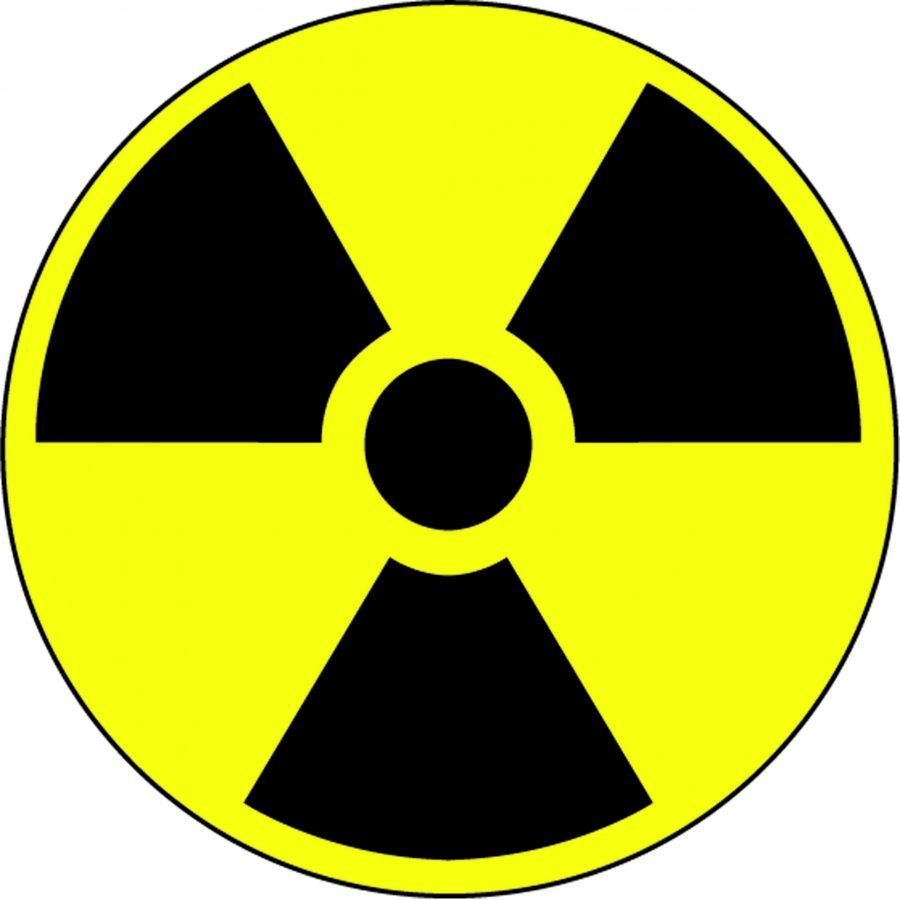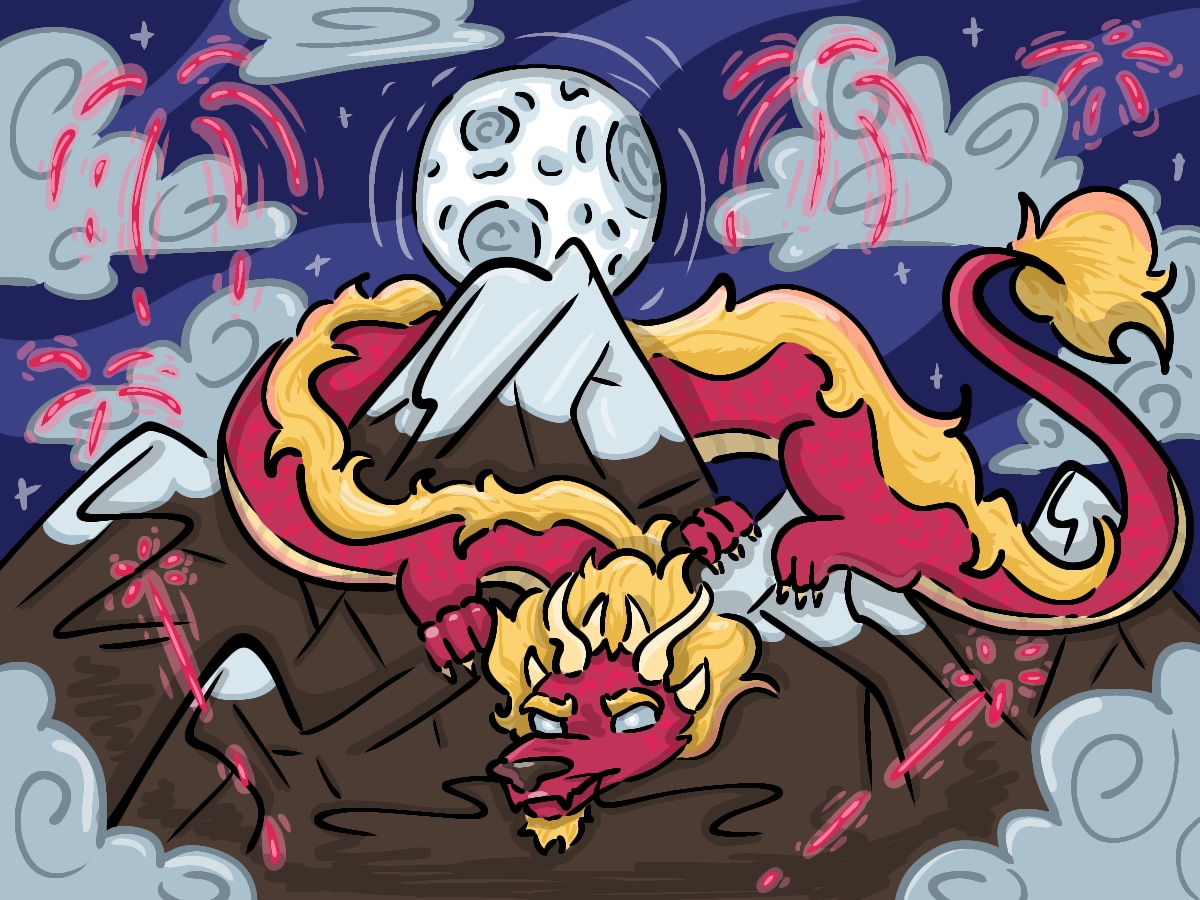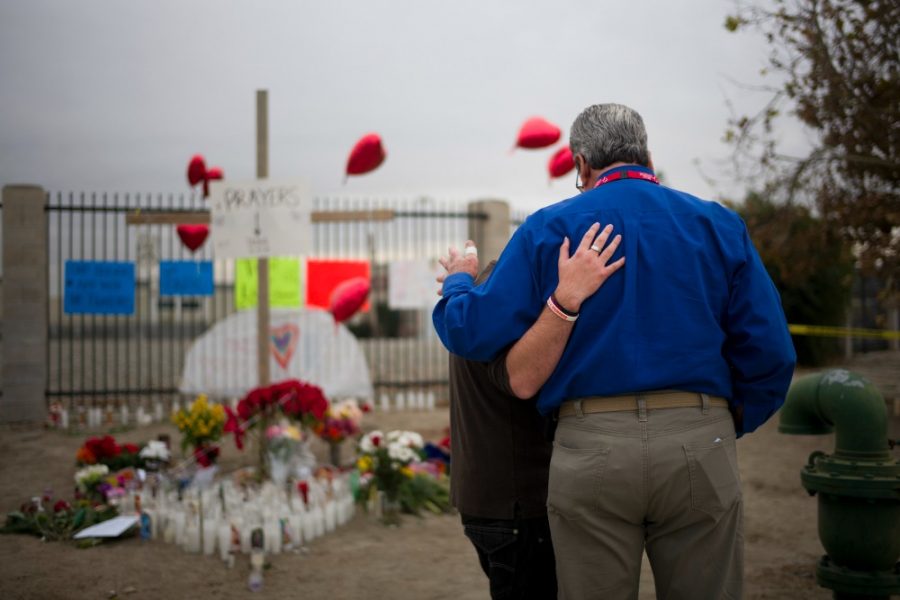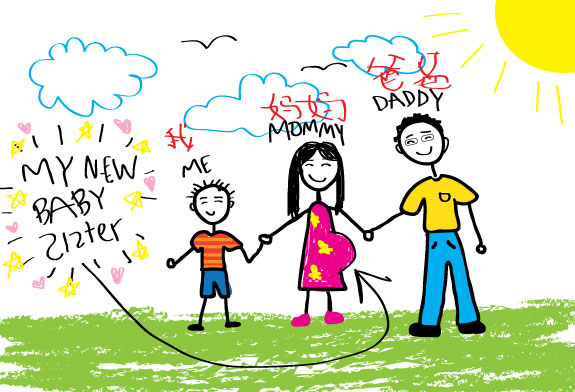Fierce nuclear deal with Iran aims to prevent creation of bomb
Ever since the Cold War, nuclear weapons have instilled fear in the American people. Through negotiations with countries that have nuclear programs, America fights to maintain her upper hand with this destructive technology.
Just recently President Barack Obama and his administration finalized the framework for a nuclear deal with Iran, a country not on historically friendly terms with the United States.
The United States and five other world powers negotiated with the government of Iran in order to limit or eliminate their ability to gain a nuclear weapon. Iranian officials claim they wish to create nuclear energy for the purpose of powering cities and do not have an intention to create a bomb. Part of the agreement stipulates that Iran will allow the IAEA, or the International Atomic Energy Agency, to fully monitor just about every aspect of their nuclear program, from the amount and type of uranium used and how it’s used, to the number of centrifuges allowed, to prevent the creation of a bomb.
The IAEA was set up by the United Nations soon after World War II in order to enforce the Non-Proliferation of Nuclear Weapons treaty, set up to prevent nuclear armageddon from occurring and to “promote the safe, secure and peaceful use of nuclear technologies.”
As the negotiations currently stand, the IAEA would play a massive role in ensuring that Iran not be able to produce any nuclear weapons. Iran has signed the Non-Proliferation Treaty along with every other nation on Earth except for five, which are India, Israel, Pakistan, South Sudan and North Korea.
“There is an international organization, called the IAEA, that regulates [nuclear] facilities,” Dr. John Gahl, the director of the Nuclear Engineering program at the University of Missouri-Columbia, said. The facilities “are watched [by the IAEA] to make sure that these countries are enriching the [uranium] to just a few percent to be usable within nuclear reactors.”
The process of enriching uranium is slightly complicated, but a rather simple concept to understand. Both nuclear bombs and nuclear power come from uranium, but the type of uranium necessary for both differ very slightly.
“In nature, uranium is made up of a number of isotopes, but it is mostly an isotope of uranium that is 238, that means it has 238 protons and neutrons. There is a isotope called U235 which has 235 neutrons and [238] protons. It has a different characteristic. It is the material that actually fissions very easily within a nuclear reactor,” Dr. Gahl said. “To make the reactor go, you have to increase the percentage of U235 in the uranium, but you only have to increase it slightly. So in nature, 0.71 percent of all uranium is U235. So uranium that goes into a reactor has to be enriched, and that means you increase the percentage of U235 in the uranium fuel.”
Dr. Gahl said nuclear reactors have to increase the percentage of U235 to up to five percent compared to the 0.71 percent that is found in the wild. At that point, the uranium is enriched enough to make nuclear energy to power houses, buildings and all other human inventions that require energy.
“To make a weapon, you need uranium that is essentially all U235,” Dr. Gahl said. “It has to be enriched beyond 90 percent, and once you enrich beyond 90 percent, the material can be used as a bomb.”

The Rock interviewed 10% of the RBHS student population
The infrastructure that are used in nuclear power plants to enrich the uranium are called nuclear centrifuges. These are basically tall, skinny, metal structures that can be put one next to the other to fill an entire room.
“I remember when I was a young man, I did some research in what at the time was the Soviet Union, and I was at one of their nuclear facilities. I walked into a building that they showed me. It was an enormous building, an industrial building, just a gigantic building and from the ceiling to the floor as far as you can see there were centrifuges,” Dr. Gahl said. “[U]238 is heavier than [U]235 and so in the centrifuge, you place uranium, and it is probably in its chemical form. You lead the material through the centrifuge and on average the heavier material goes to the outside of the centrifuge through the centrifugal force and the lighter stuff is in the center of it. They go through many, many, many, many, many, many different iterations of centrifuging the material because there is a very, very small amount of mass difference between the materials. They then go through this maybe thousands of times, and they call them cascades of centrifuges. This slowly increases the enrichment of the uranium.”
Because there is a thin line between uranium used for bombs and uranium used for energy, the IAEA’s job is to ensure that countries that produce nuclear energy do not enrich the uranium up to weapons-grade uranium.
The second part of the treaty with Iran says that in return for Iran allowing the IAEA full access to their nuclear facilities, the United States and other powers of the world will lift the current sanctions in place on Iran that deal with their nuclear program.
“I think the sanctions on Iran certainly hurt its people and so there is a growing group of young people who want something different,” AP Comparative Government teacher Debra Perry said. “I think the concern for the leaders of Iran is they can’t appear to kowtow to the West and the United States, and currently President Obama and Secretary [of State John] Kerry can’t appear to be kowtowing as well. It is almost like with these negotiations you are hearing two separate messages, but part of it is because of the fact that Iran hasn’t been forthcoming.”
Perry said there is a great deal of mistrust between the West and Iran that has its roots in modern history. She said the fear the West has of Iran gaining a nuclear weapon has to do with the West’s desire for an end to nuclear proliferation and because of the history the United States and Iran share.
Perry noted the 1979 siege of the American embassy, which involved the kidnapping of 66 US citizens in Iran for 444 days, is the root of the rocky relationship that Iran and the United States share. On the other side, she said the Iranian government does not trust the West, especially Britain and the United States, because of the coup in 1953 against then-president of Iran Mohammad Mossadegh after it appeared that his interests did not align with the West’s. In his place, a dictatorial shah was put in power as a puppet leader for the West. However, this government did not last very long.
“About 40 years ago, the shah was sent to exile,” sophomore Aryan Fotoohighiam, a RBHS student who moved from Iran around four years ago, said. “Iran was great with America [under the shah]; they had a great relationship, and Iran excelled with the oil production and nuclear, but [that ended] when the shah was sent into exile.”
When the shah left Iran, a man by the name of Ruhollah Khomeini took power as the Supreme Leader of Iran, with the title of Ayatollah Khomeini. Even though there is an elected president and a judicial and legislative branch in the Iranian government, the word of the Ayatollah supersedes everything else. Fotoohighiam compared his powers with that of a dictator.
Perry said there is a growing movement in Iran among the youth to Westernize their country, both in terms of the government and everything else. With Iran being one of the few remaining theocratic governments in the world and with the availability of open thought and ideas exchanged through the Internet on a daily basis, Perry thinks that many youth in Iran are yearning for something different.
“There is a blending of cultures, I think, right now, and a lot of young people like Western dress and Western music,” Perry said. “I do think when cultures come together they borrow from one another.”
However, borrowing exists not only within the people, but also within the governments themselves. The whole idea of nuclear energy would probably not exist if nations and people did not borrow and innovate off of others’ ideas. But just as the world saw during the Cold War, nuclear weapons are not something anyone should take lightly. While Iran says the nuclear energy they wish to produce will only be used for powering cities, the West cannot take the risk of giving them any room to make nuclear weapons.
Forty-seven U.S. senators sent an open letter to the leadership of Iran a couple months ago telling them that the negotiations between Iran and the six world leaders will not be a success, in those senators’ minds, and that they should back away from the table and abandon their nuclear program entirely.
While this fear of nuclear arms is rational given the history of the world, Perry said this move was unseen in the history of the United States.
“Secretary Kerry said that they appreciated Congress not doing more and allowing the negotiations and all of the agreements to come forth and to continue. I think [the letter] hadn’t been done before; it is unprecedented, and I think we will have to see how it plays out, but it hasn’t happened before that the Senate would take this step when the executive branch is in the midst of negotiations,” Perry said. “I think time will tell whether or not this is going to become the new face of foreign policy, which is generally left in the hands of the President with the consent of the Senate. We will see if this turns out to be a dangerous precedent or if it was a one-time thing, but it was certainly surprising. I will say that.”
Another party has a fear of Iran gaining nuclear weapons: the government of Israel stands opposed to any nuclear program Iran may have, whether it will be monitored by the IAEA or not. Republican House Speaker John Boehner recently invited Israeli Prime Minister Benjamin Netanyahu to give a speech to Congress to articulate his reason behind not wanting any negotiations with Iran to take place, which is in direct contradiction to the current President of the United States, Perry said.
“I think the President’s thought has always been … that we want a secure Israel and a state for Palestine, and to invite Netanyahu, it is like the United States is presenting … two different views of what they want to happen,” Perry said. “To present a singular message I think is part of the issue and part of the concern, so it … seems like the United States, to the executive branch and the legislative branch are very divided on what they want to happen and how can there be some success if that is true.”
With the option between war and negotiations, Fotoohighiam would rather choose negotiations even though he doesn’t quite trust the Iranian government when it comes to implementing the terms 100 percent.
Part of the deal says if Iran prevents the IAEA from gaining access to any part of their nuclear program, the US sanctions against Iran would immediately be reinstated. The final stages of the negotiations are set to occur this summer.
“The IAEA would be very happy to go into Iran to take a look around and I think there has been occasions where they have been in,” Dr. Gahl said. “There are a handful of states that have not signed the non-proliferation treaty, but if the state maybe has signed the treaty but is not living up to what they promised or they haven’t signed the treaty, [they would not be allowed to produce any nuclear energy]. If [Iran] doesn’t let the IAEA in, then they don’t get in.”
By Abdul-Rahman Abdul-Kafiart infographic by Abdul-Rahman Abdul-Kafi

















































































